Ancient news stories

Astronomers have captured a striking image of 17 concentric dust rings resembling a cosmic fingerprint in the latest observations from the James Webb space telescope.

Indigenous stories from the end of the last Ice Age could be more than myth.
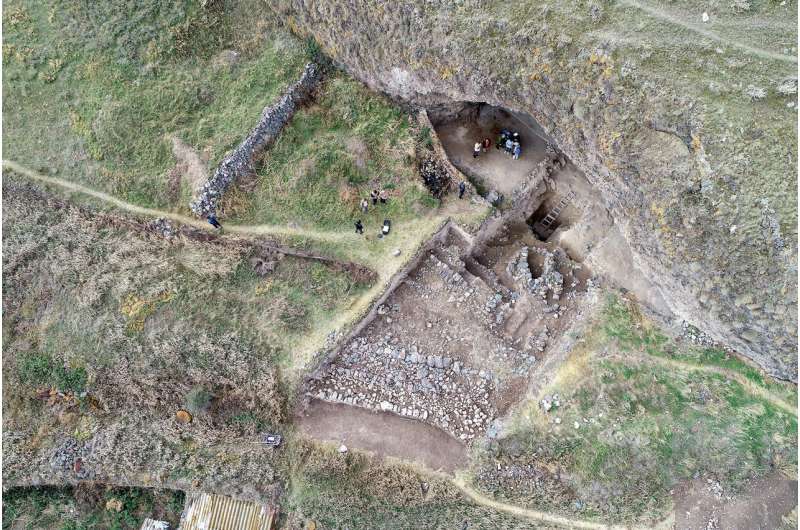
An international research team has extracted and analyzed plant DNA from the sediments of the Armenian “Aghitu-3” cave. About 40,000 to 25,000 years ago, the cave was used as a shelter by humans of the Upper Paleolithic.

At the end of the Permian period 252 million years ago, Earth was devastated by a mass extinction that exterminated more than 90% of species on the planet. Compared with other mass extinctions, recovery from the “Great Dying” was slow: It took at least 10 million years for the planet to be repopulated and restore its diversity.

“Many people had assumed that technology in the Middle Ages was not particularly advanced…On the contrary: this was not the Dark Ages, but a period when metallurgy and gilding techniques were incredibly well developed.”
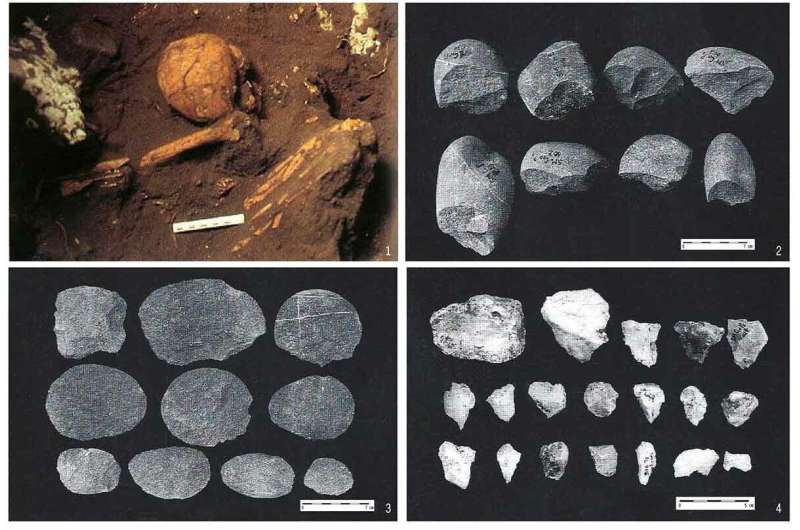
A team of researchers with members from Australia, Japan, Taiwan and Vietnam found a 6,000-year-old skull and femur bones in a cave in a mountainous part of Taiwan that might prove the existence of an ancient Indigenous tribe. In their paper published in the journal World Archaeology, the group describes the skull, where it was found and what it might represent.

Easter Island’s towering stone heads and other archaeological elements have been charred by a fire, according to local Indigenous and Chilean authorities.
Image from: kallerna (Wiki Commons)
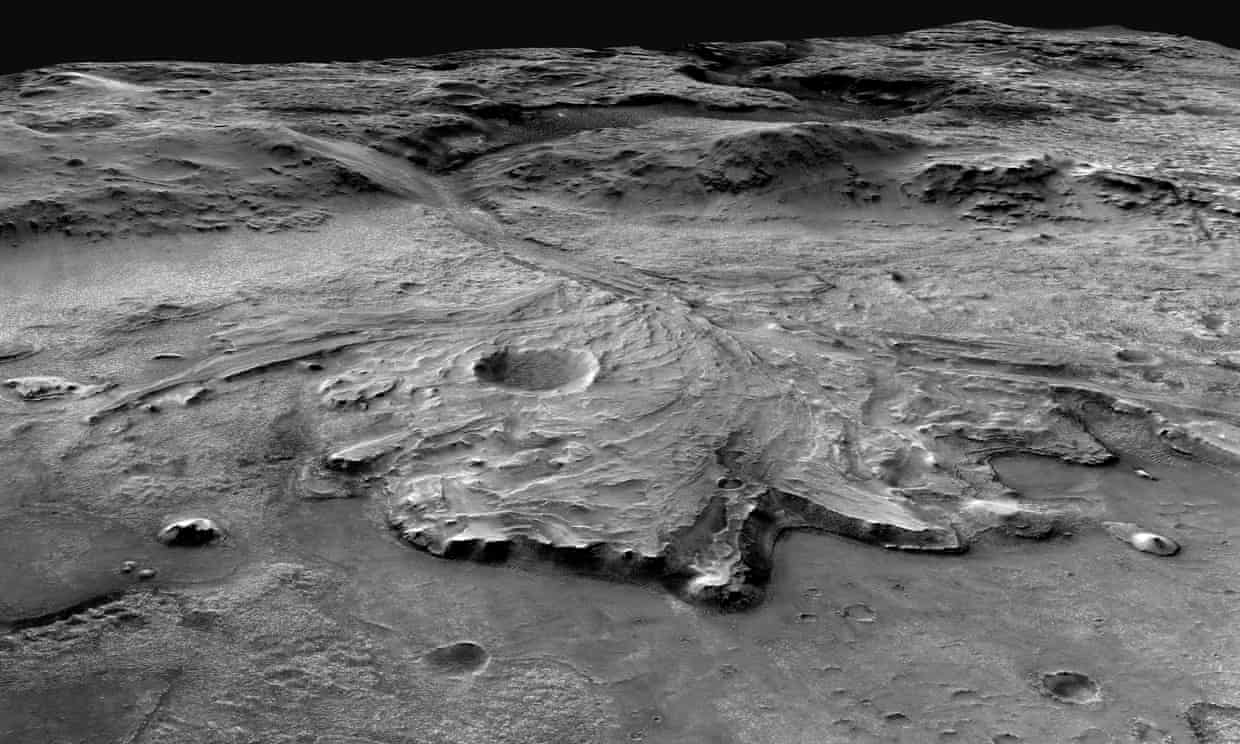
If the hydrogen-gobbling, methane-producing microorganisms existed, they would have caused their own demise.

As we’re a species with ever-shrinking attention spans, it can be difficult to comprehend just how long life has been around on Earth. However, try to get your head around this one: Scientists have dug up fragments of DNA dating back 1 million years ago.
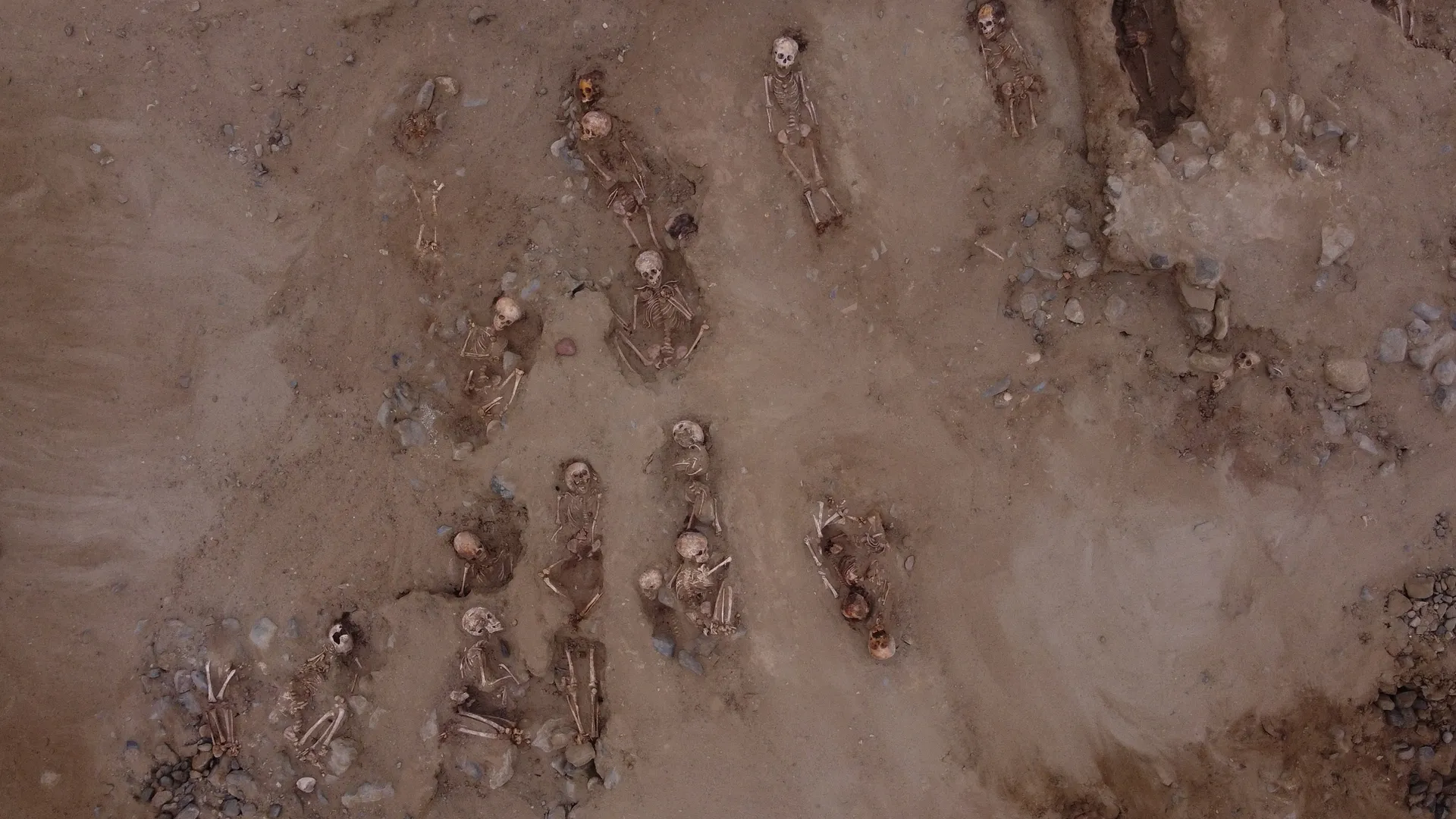
Radiocarbon dating needs to be done on the 76 newly uncovered skeletons, but previously found victims at Pampa La Cruz dated to between A.D. 1100 and 1200.

After more than a century of debate, researchers have settled the mystery of a tiny, enigmatic reptile that left an impression on Scottish sandstone nearly a quarter of a billion years ago.

The dinosaur-killing asteroid that slammed into Earth 66 million years ago also triggered a jumbo-size tsunami with mile-high waves in the Gulf of Mexico whose waters traveled halfway around the world, a new study finds.
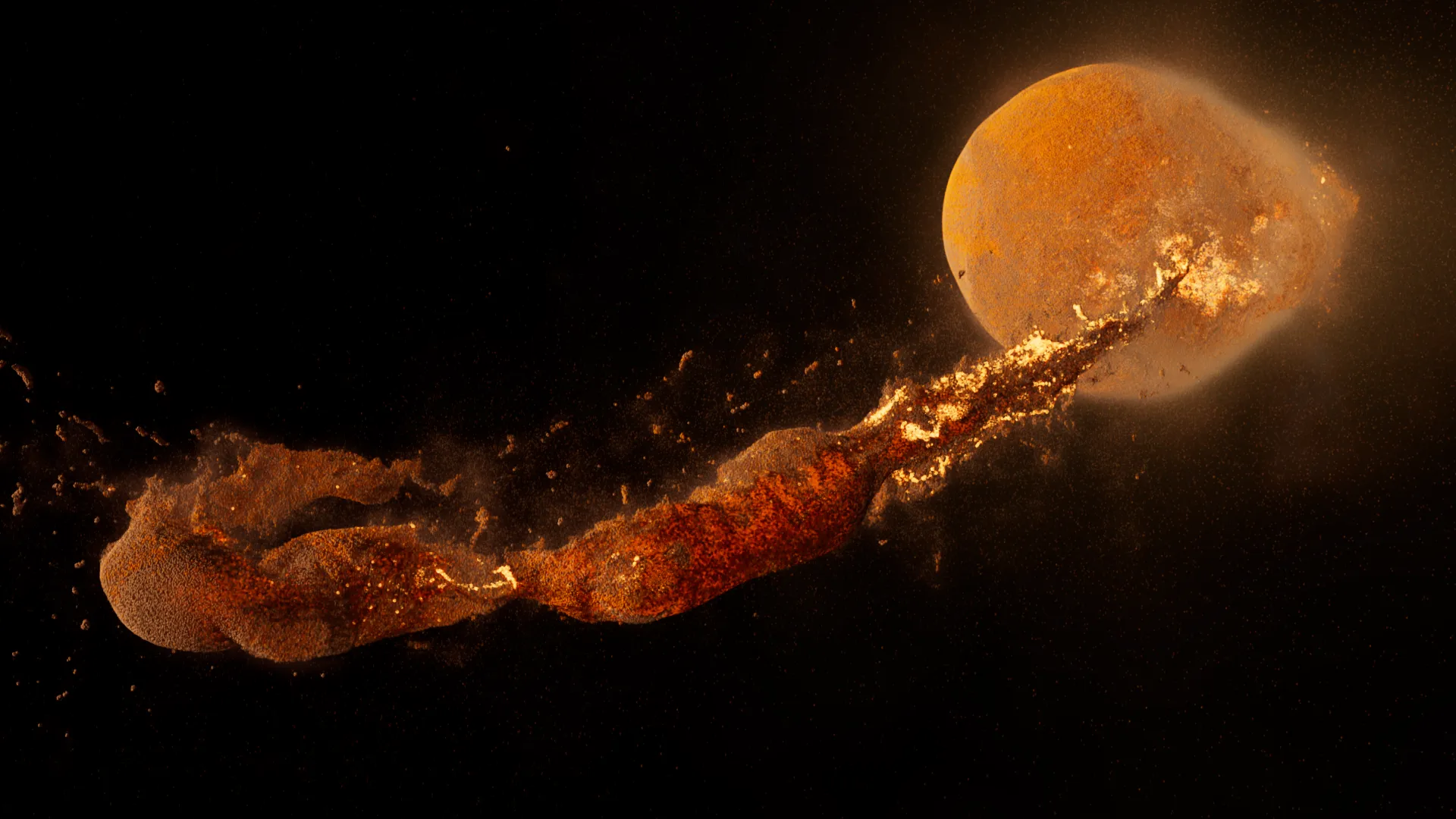
The moon could have formed immediately after a cataclysmic impact that tore off a chunk of Earth and hurled it into space, a new study has suggested.
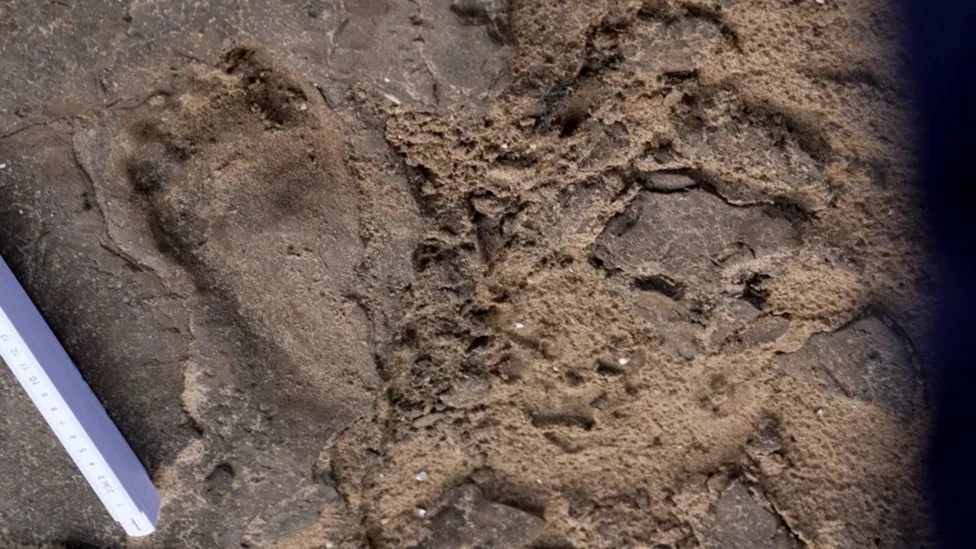
“It’s about 8,200 years old,” says Dr Alison Burns, pointing to a perfectly preserved human footprint pressed into ancient mud on Formby Beach. It is one of hundreds of newly discovered ancient footprints here. The first date back almost 9,000 years and the youngest of the prints are medieval – about 1,000 years old.
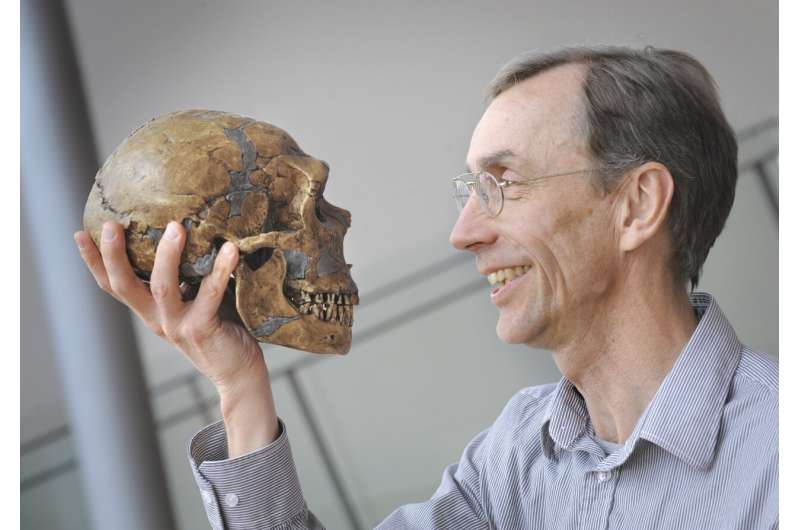
Paabo spearheaded the development of new techniques that allowed researchers to compare the genome of modern humans and that of other hominins—the Neanderthals and Denisovans.

Built by indigenous masons, these 1,500-year-old pyramids are still standing strong, held together by sticky juice from the prickly pear cactus.








